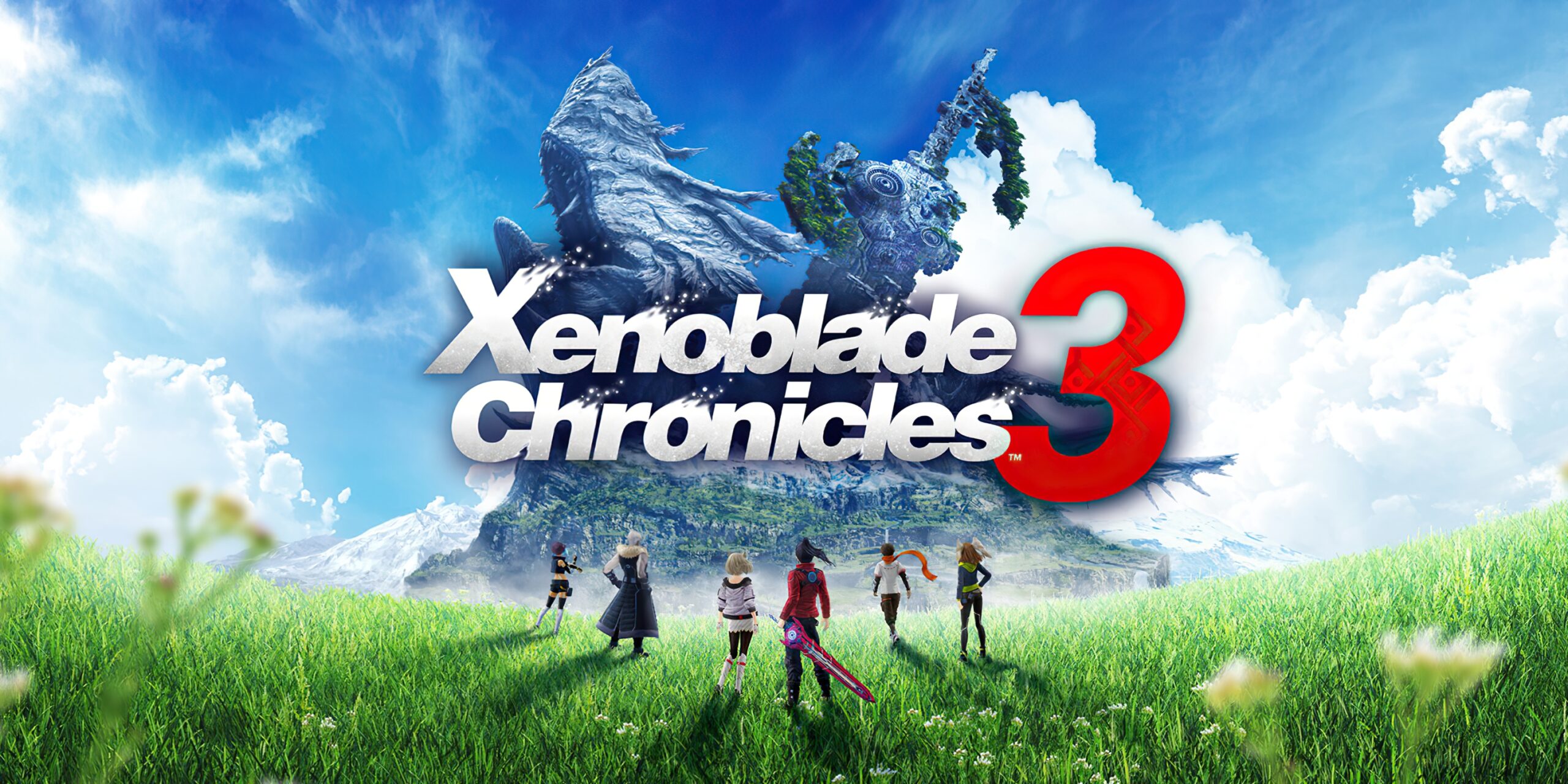While the Nintendo Switch 2’s backward compatibility enhances Monolith Soft’s Xenoblade Chronicles titles, the upgrades in resolution and frame rates remain limited, leaving room for more polished optimizations. Testing reveals uneven performance across entries, with only minor gains over the original hardware.
A recent breakdown from Nintendo World Report examines the trilogy’s performance on the new console. Xenoblade Chronicles X Definitive Edition, already optimized for Switch, now achieves stable 1080p docked and 720p handheld resolutions, maintaining crisp visuals. However, Xenoblade Chronicles 2 struggles despite hardware advancements. Its dynamic resolution caps at 720p docked and 576p handheld, retaining the original’s aggressive sharpening filter and temporal anti-aliasing, which blur details. The Torna expansion sees slight improvements with reduced sharpening, though pixel counts stay low. Framerate stability, at least, hits a steady 30 FPS across all modes. Meanwhile, the original Xenoblade remaster matches its sequel’s 720p/576p limits but benefits from cleaner image processing.
Xenoblade Chronicles 3, designed with the Switch’s specs in mind, employs better upscaling techniques. On Switch 2, docked play holds at 720p, but handheld mode drops to 480p—ironically making it the least visually sharp entry on the portable device. This backward step highlights inconsistencies in backward-compatibility enhancements.
These incremental upgrades fall short of fans’ hopes for native Switch 2 patches. Games like Splatoon 3, which saw dramatic visual upgrades on the new hardware, demonstrate the potential for transformative updates. Without similar treatment, Xenoblade’s sprawling worlds may never fully leverage the console’s capabilities.

